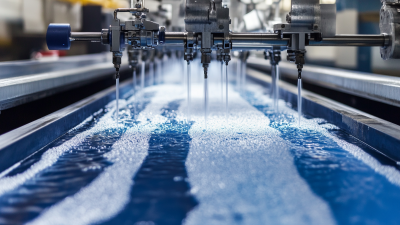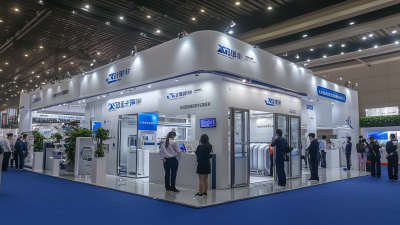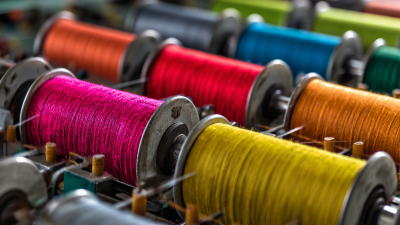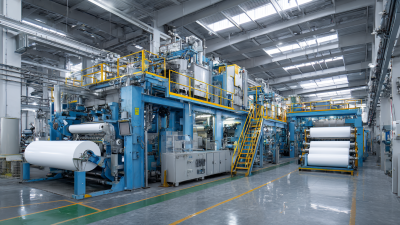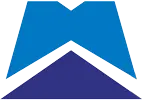Leave Your Message
As the textile industry increasingly seeks innovative methods to enhance production efficiency, the optimization of cutting technologies has become paramount. Water jet machines have emerged as a leading solution, offering remarkable precision and versatility in textile cutting, which is critical given the projected growth of the global textile market, expected to reach $1 trillion by 2025. According to a recent report by TechNavio, water jet cutting technology is gaining traction due to its ability to minimize material waste while delivering high-quality finishes. Efficiency metrics, such as cutting speed, material utilization, and equipment downtime, play a vital role in maximizing the capabilities of water jet machine textile applications. This article delves into key strategies and insights for optimizing water jet machines specifically for textile cutting, ensuring manufacturers can remain competitive in a rapidly evolving market.
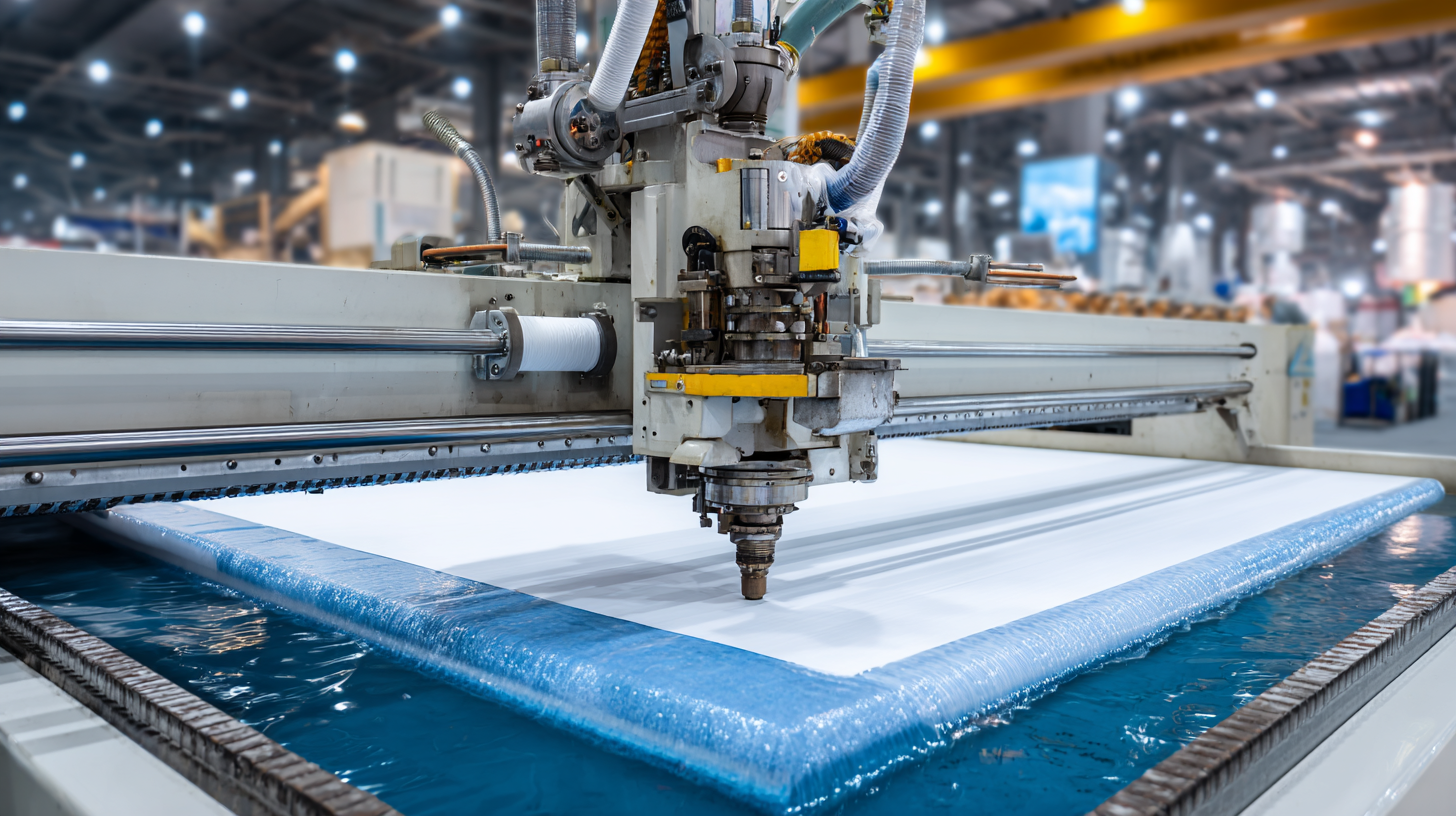
Calibrating your water jet machine is essential for achieving optimal textile cutting efficiency. According to a report by industry experts, proper calibration can enhance cutting accuracy by up to 25%, significantly reducing material waste. To ensure your machine operates at peak performance, start by regularly checking and adjusting the water pressure. Maintaining the pressure within the ideal range, generally between 40,000 to 60,000 PSI, helps achieve cleaner cuts and minimizes fraying on fabric edges.
Tips for calibration include utilizing pressure gauges and flow meters to monitor and fine-tune your machine settings. Regularly inspecting the abrasive feed and ensuring uniform particle size can also contribute to improved cutting precision. A study by the Society of Manufacturing Engineers highlighted that machines calibrated with consistent abrasive flow experienced a 30% longer lifespan, demonstrating the value of routine maintenance.
Another key aspect of water jet calibration is the aligning of the cutting head. Misalignment can lead to increased kerf and diminished cutting quality. Utilizing laser alignment tools can help maintain precision. For best results, consider establishing a calibration schedule based on machine usage and the types of materials being cut, ensuring continuous optimization of your textile cutting operations.
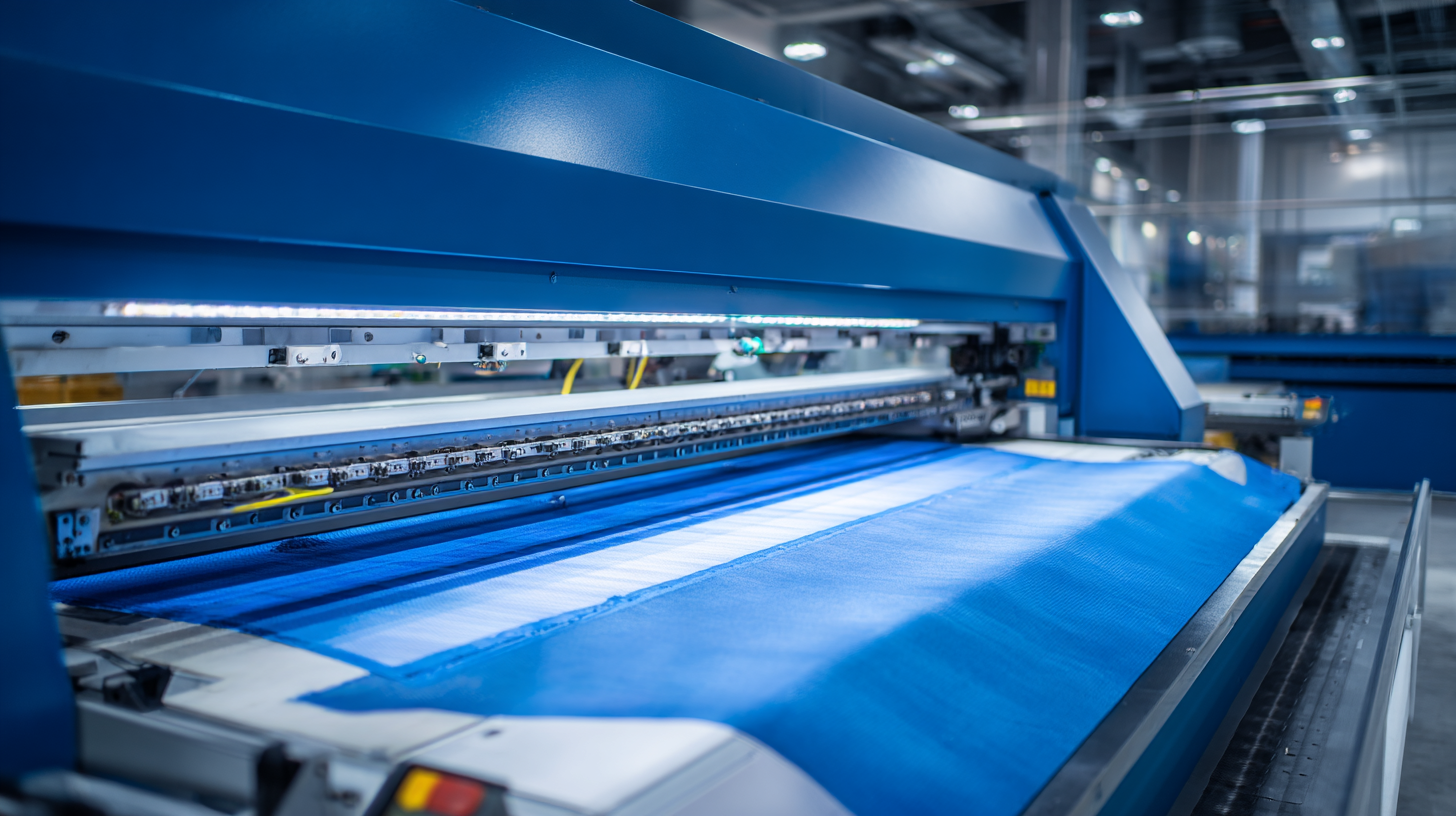
Pressure settings play a crucial role in optimizing water jet machines for textile cutting, greatly influencing both material performance and overall cutting quality. According to a report by the WaterJet Innovations Journal, the ideal pressure range for textile applications typically falls between 40,000 to 60,000 psi. Operating within this range ensures that the water jet can efficiently penetrate various fabrics without causing fraying or damage to the material's structural integrity. This precision is especially important when cutting delicate textiles such as silk or chiffon, where excessive pressure can lead to undesirable burn marks or melting.
Moreover, the impact of pressure settings extends beyond just cutting quality; it can also affect the speed and efficiency of the operation. Industry studies suggest that optimizing pressure can enhance cutting speed by up to 30%, allowing manufacturers to reduce production time and costs significantly. Furthermore, maintaining the correct pressure levels helps in achieving cleaner edges, minimizing the need for secondary finishing processes. Consequently, understanding and adjusting pressure settings effectively can yield substantial benefits, making it imperative for operators to continually monitor and refine their water jet parameters to achieve peak textile cutting performance.
| Pressure Setting (psi) | Material Type | Cutting Speed (in/min) | Edge Quality Rating (1-10) | Max Thickness (in) |
|---|---|---|---|---|
| 30,000 | Cotton | 12 | 9 | 0.25 |
| 40,000 | Polyester | 10 | 8 | 0.30 |
| 50,000 | Nylon | 8 | 7 | 0.20 |
| 60,000 | Silk | 15 | 10 | 0.15 |
| 70,000 | Wool | 9 | 8 | 0.28 |
In today’s textile industry, water jet cutting machines have become essential for precision and efficiency. To enhance cutting speed and efficiency, leveraging software analytics is crucial. Advanced analytics tools can monitor vital metrics such as cutting speed, material consumption, and overall machine performance. According to a recent report by the International Journal of Advanced Manufacturing Technology, optimizing these metrics can lead to a reduction in operating costs by up to 30% while increasing production rates.
Tips: Use real-time data monitoring to track cutting speeds and identify patterns that contribute to inefficiencies. Regularly analyze the data to adjust parameters such as water pressure and abrasive feed rates, which can significantly impact performance.
Furthermore, integrating predictive analytics can help anticipate maintenance needs, preventing unexpected downtimes. Research from the Textile Machinery Association indicates that incorporating predictive maintenance into your operations can improve equipment lifespan by 25%. This proactive approach allows businesses to remain competitive by ensuring that machines operate at peak efficiency without disruption.
Tips: Implement a dashboard that consolidates all analytics data for quick review, enabling timely decision-making. Encourage your team to regularly engage with the software tools to gain insights on operational improvements, fostering a culture of continuous optimization.
To effectively assess water jet cutting operations in textiles, it is essential to focus on several key performance indicators (KPIs) that highlight efficiency and productivity. One primary KPI is cutting speed, which indicates the rate at which the machine processes fabric. Optimizing cutting speed not only enhances throughput but also influences the quality of the finished product. By fine-tuning this metric, operators can significantly reduce production time while achieving precise cuts, which is essential for maintaining competitive advantages in the textile industry.
Another vital KPI is water consumption per square meter of fabric cut. Efficient water usage is crucial not only for reducing operational costs but also for minimizing environmental impact. Analyzing this metric enables businesses to implement strategies that improve water efficiency without compromising the cutting quality. Additionally, monitoring the wear and maintenance needs of the cutting nozzle is important; a well-maintained nozzle contributes to consistent cutting performance and reduces downtime due to equipment failure. By regularly reviewing these KPIs, textile manufacturers can optimize their water jet machines for superior cutting efficiency and better overall operational performance.
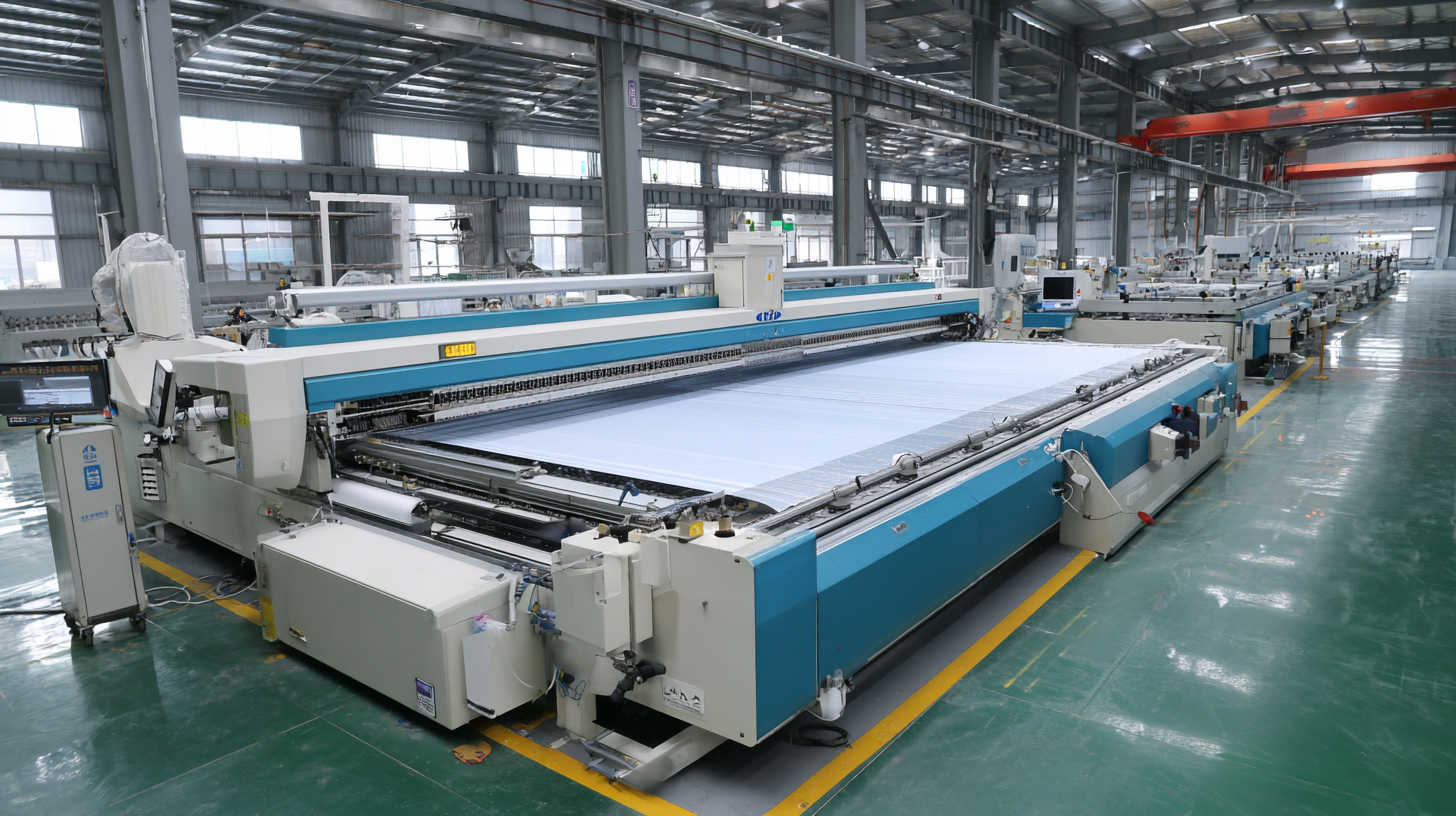
Innovative techniques to reduce material waste and increase production yield are becoming paramount in the textile cutting industry, especially with the rising adoption of advanced technologies like water jet machines. Recent data indicates that the aerospace materials market is estimated to reach $40.27 billion in 2023, with a projected compound annual growth rate (CAGR) of 8.82% from 2024 to 2031. This trend highlights the growing demand for efficient material processing techniques that minimize waste while maximizing output.
To optimize water jet machines for textile applications, focusing on key metrics such as cutting speed, precision, and material utilization is essential. The impact of lean management practices can also not be overlooked; they empower enterprises to streamline operations and enhance productivity. For instance, industries leveraging advanced manufacturing technologies and new materials are likely to experience significant performance improvements, directly correlating with higher production yields. Additionally, as sustainable practices gain momentum, innovative waste reduction strategies are becoming crucial for success in the competitive landscape of sustainable fashion, ensuring that businesses not only meet regulatory requirements but also appeal to ethically-conscious consumers.
This chart illustrates the key metrics associated with optimizing water jet machines for textile cutting. Reducing waste material and increasing production yield are critical for improving operational efficiency. The graph highlights target speeds and setup times essential for achieving optimal performance.


